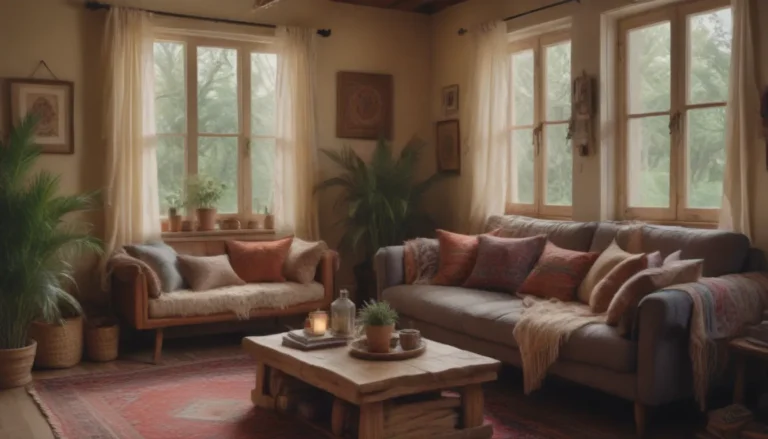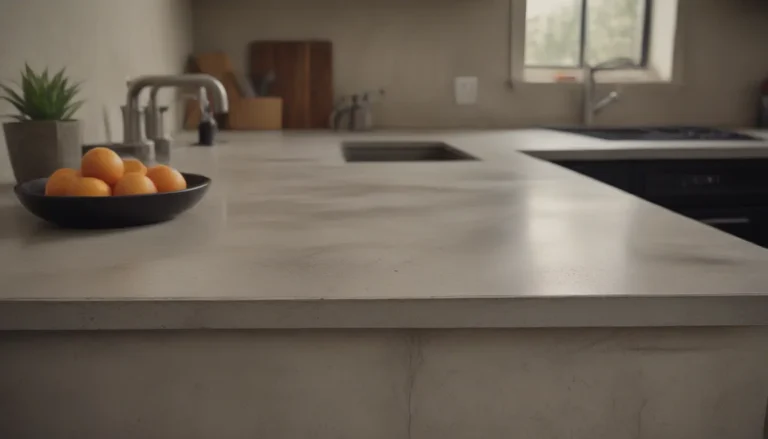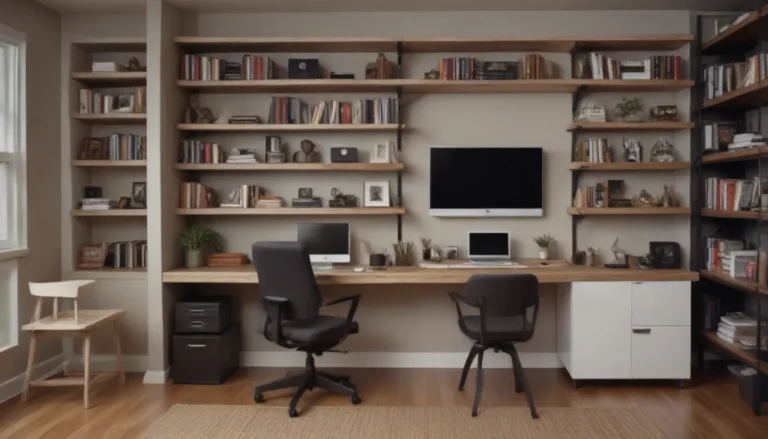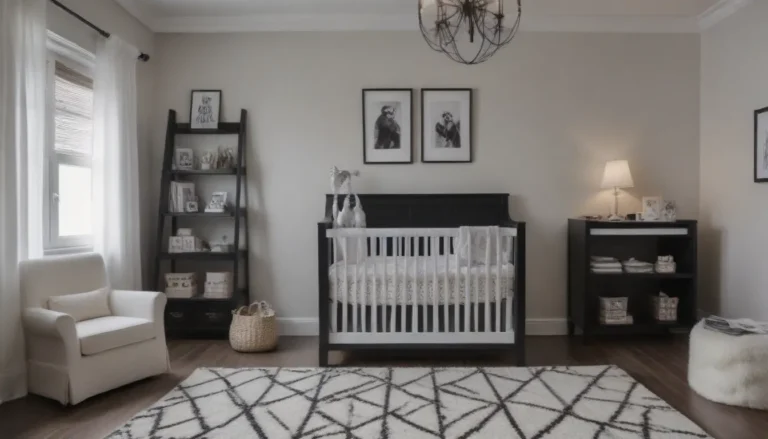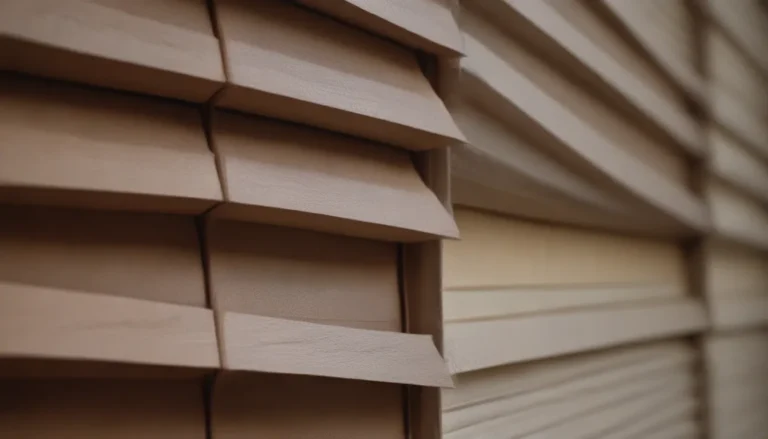Everything You Need to Know About Dining Room Sideboards and Buffets
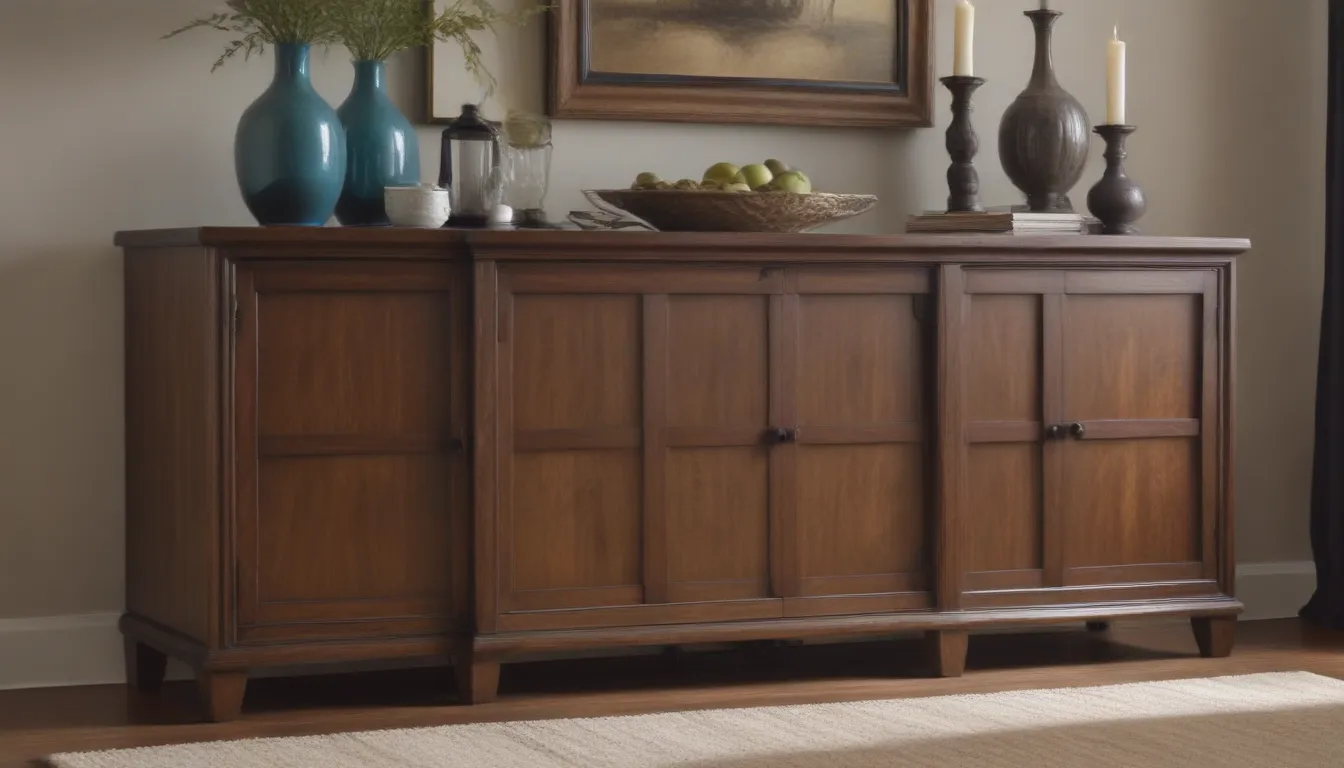
Are you considering adding a sideboard or buffet to your dining room but aren’t quite sure where to start? Don’t worry, you’re not alone. These versatile pieces of furniture have been around for centuries, serving both practical and decorative purposes. In this comprehensive guide, we’ll delve into everything you need to know about dining room sideboards and buffets to help you make an informed decision.
Understanding Sideboards and Buffets
A sideboard or buffet, also known as a buffet table, is a long, low piece of furniture commonly found in dining rooms. While traditionally used for storing and displaying dishes, flatware, and linens, these versatile pieces can also serve as an additional surface for serving food. You’ll find that sideboards and buffets can seamlessly transition into other areas of your home, such as the living room, entryway, or hallway, providing both storage and display options.
If you’re uncertain about the differences between a sideboard, buffet, and credenza, fear not. While the subtle distinctions may lie in the design of the legs and additional features like hutches or sliding cabinet doors, you can generally use these terms interchangeably when shopping for the perfect piece for your space.
Tips:
- Use sideboards, buffets, and credenzas interchangeably when shopping.
- Sideboards have short, stubby legs and may include a hutch for display.
- Buffets have higher legs and no hutch.
- Credenzas have low or no legs and typically feature sliding cabinet doors.
How to Use a Sideboard or Buffet
When it comes to utilizing a sideboard or buffet in your dining room, the possibilities are endless. These pieces are designed to provide ample storage for your formal dinnerware and serve as a convenient surface for placing dishes or trays of food. In addition to their practical function, sideboards and buffets also offer a perfect space for displaying decorative accents like candles, lamps, and artwork.
Whether you choose a piece that complements your existing dining room decor or opt for a contrasting style for a modern, eclectic look, there are countless ways to incorporate a sideboard or buffet into your space. From matching your dining set to adding a pop of color with a painted or vintage piece, the key is to find a style that speaks to your personal taste and enhances the overall aesthetic of your dining room.
Tips:
- Consider matching your buffet to your dining room set for a cohesive look.
- Experiment with contrasting styles and colors for a modern, eclectic vibe.
- Choose open shelving or glass cabinet doors for smaller dining rooms to create a light, airy feel.
- Opt for closed cabinetry for larger dining spaces for a more substantial look.
Finding the Right Size and Height
One of the most crucial factors to consider when selecting a sideboard or buffet is the size and height of the piece. While sideboards are typically long and low, it’s essential to ensure that the dimensions are proportionate to your dining room and table to create a harmonious look.
When determining the size of your buffet, consider the following guidelines:
- Ensure the buffet is the right size to fit your dining room and complement your table.
- Choose a height that allows for comfortable food service from the top surface.
- Aim for a standard height of around 36 inches, similar to a kitchen counter.
- Consider a slightly taller buffet to create a balanced look when paired with a standard-height dining table.
Whether you opt for a sleek, modern design or a classic vintage piece, finding the perfect size and height for your sideboard or buffet will enhance the functionality and aesthetics of your dining room.
Selecting the Perfect Piece
Now that you’re armed with all the essential information on dining room sideboards and buffets, it’s time to start shopping for the perfect piece to enhance your space. Whether you’re drawn to a traditional sideboard with a hutch or a contemporary buffet with sleek lines, there’s a wide range of options available to suit your style and needs.
When browsing for a sideboard or buffet, keep in mind the following considerations:
- Match your dining room decor or opt for a contrasting style for a modern look.
- Consider the dimensions and proportions to ensure the piece fits seamlessly into your space.
- Choose a height that allows for comfortable food service and display of decorative accents.
- Experiment with different materials, finishes, and colors to find a piece that complements your aesthetic.
By taking the time to explore your options and consider the practical and aesthetic aspects of a sideboard or buffet, you can find a piece that not only meets your storage and serving needs but also adds a touch of style and elegance to your dining room.
In conclusion, dining room sideboards and buffets are versatile pieces of furniture that can enhance both the functionality and aesthetics of your space. Whether you’re looking for extra storage, a serving surface, or a decorative display, these pieces offer endless possibilities for customization and personalization. By understanding the different styles, sizes, and uses of sideboards and buffets, you can make an informed decision that will transform your dining room into a stylish and functional space. So why wait? Start exploring your options today and find the perfect sideboard or buffet to elevate your dining room to a whole new level of sophistication and style.
